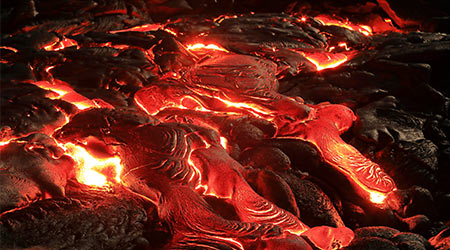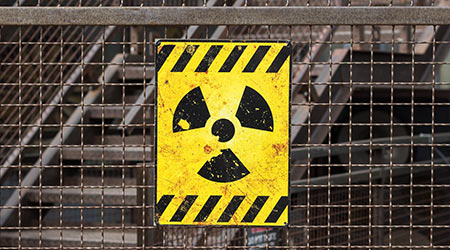
New Buildings in Pennsylvania to Leap Forward in Efficiency
May 10, 2018
Maintenance and engineering managers in commercial and institutional facilities are being forced to do more with less tools at their disposal, and one of the main things they are being required to do more of is to be energy efficient — while adhering to all building codes.
Building codes help local municipalities and states protect the health and safety of their occupants by setting regulations for things like fire protection and earthquake resilience. The building energy code—which is separate from the fire or structural codes, but often adopted simultaneously—regulates a building’s energy efficiency by specifying minimum levels of insulation, efficient lighting, air sealing, and other energy-related building components.
Buildings in Pennsylvania will soon use less energy and have substantially lower utility bills, thanks to a huge leap in the efficiency of the Pennsylvania statewide building energy code, according to the NRDC.
On May 1, Pennsylvania advanced both its commercial and residential energy codes to the 2015 model International Energy Conservation Code, while incorporating some select improvements from the 2018 model code. This is huge because before last week, Pennsylvania’s energy code had not been updated since 2009.
DOE’s analysis found that construction costs for commercial buildings in Pennsylvania will actually be reduced for some building types, thanks to the need for fewer lighting fixtures and the use of smaller HVAC units due to lower heating and cooling loads. The simple payback in many cases is immediate, meaning buildings meeting the new code may cost less to build AND less to operate.
Builders in Pennsylvania will be required to start following the new codes on October 1.
This Quick Read was submitted by Ryan Berlin, managing editor of Facility Maintenance Decisions.
Next
Read next on FacilitiesNet












